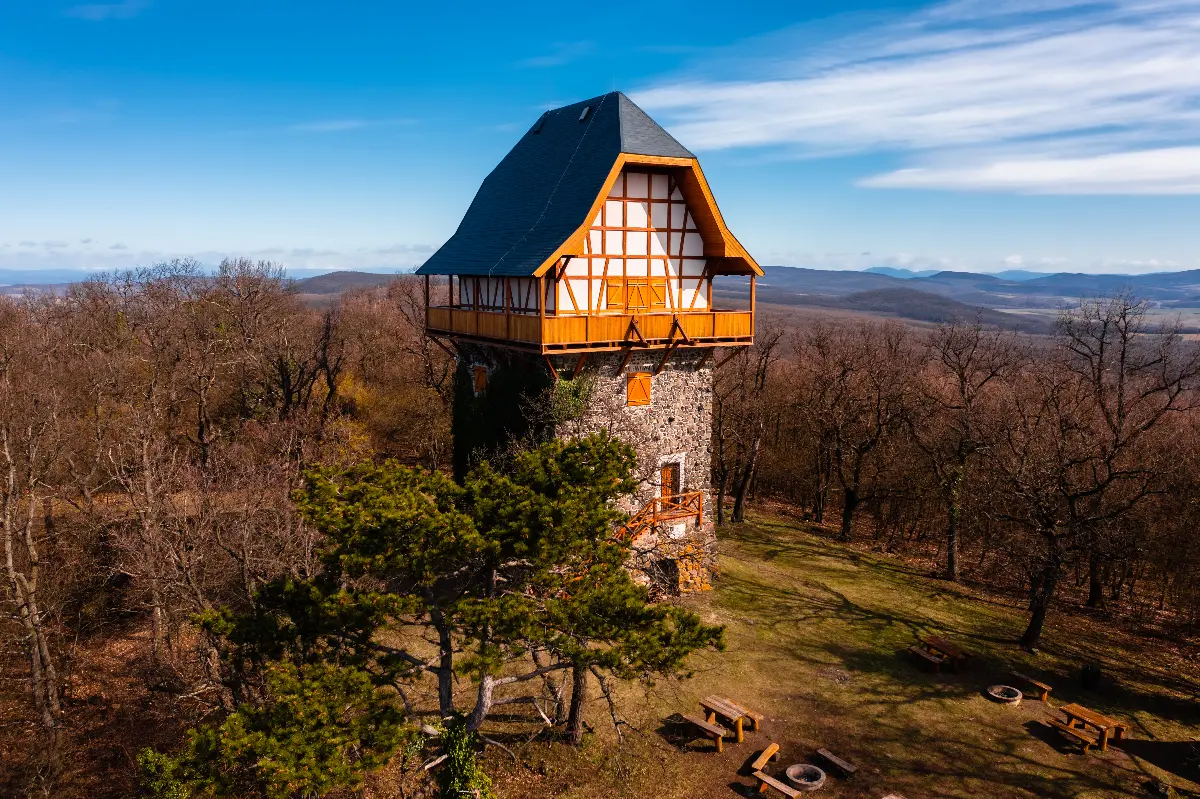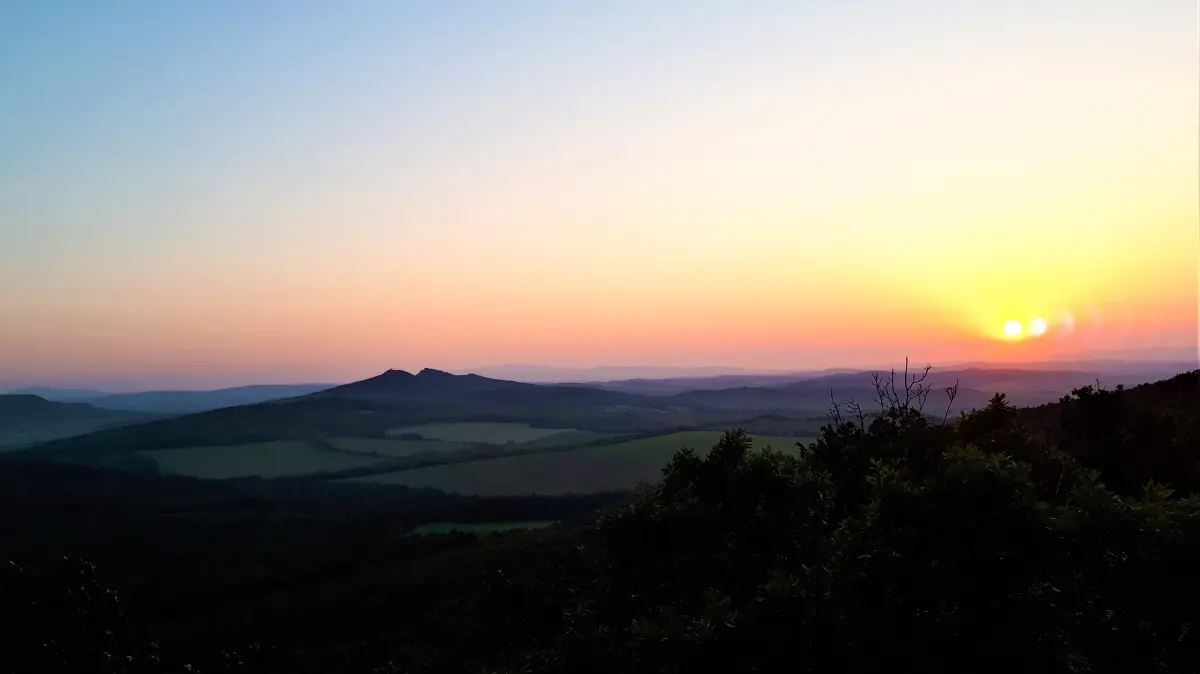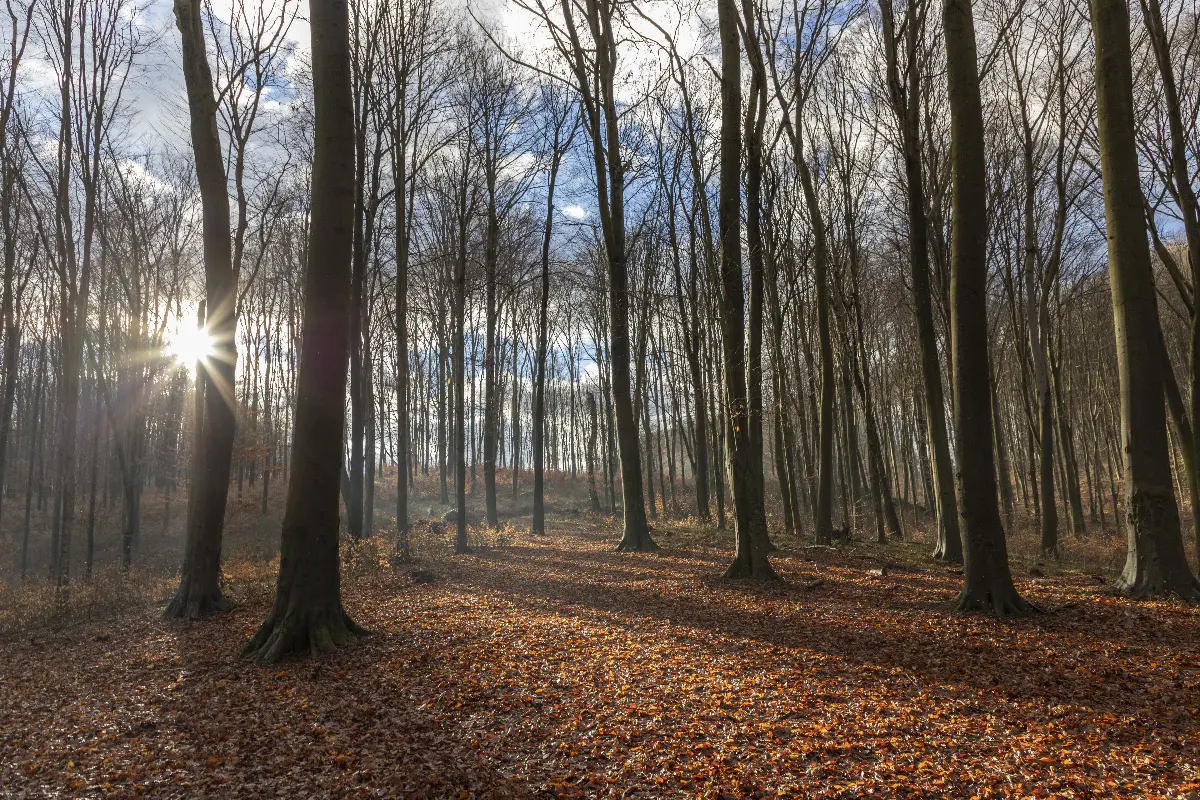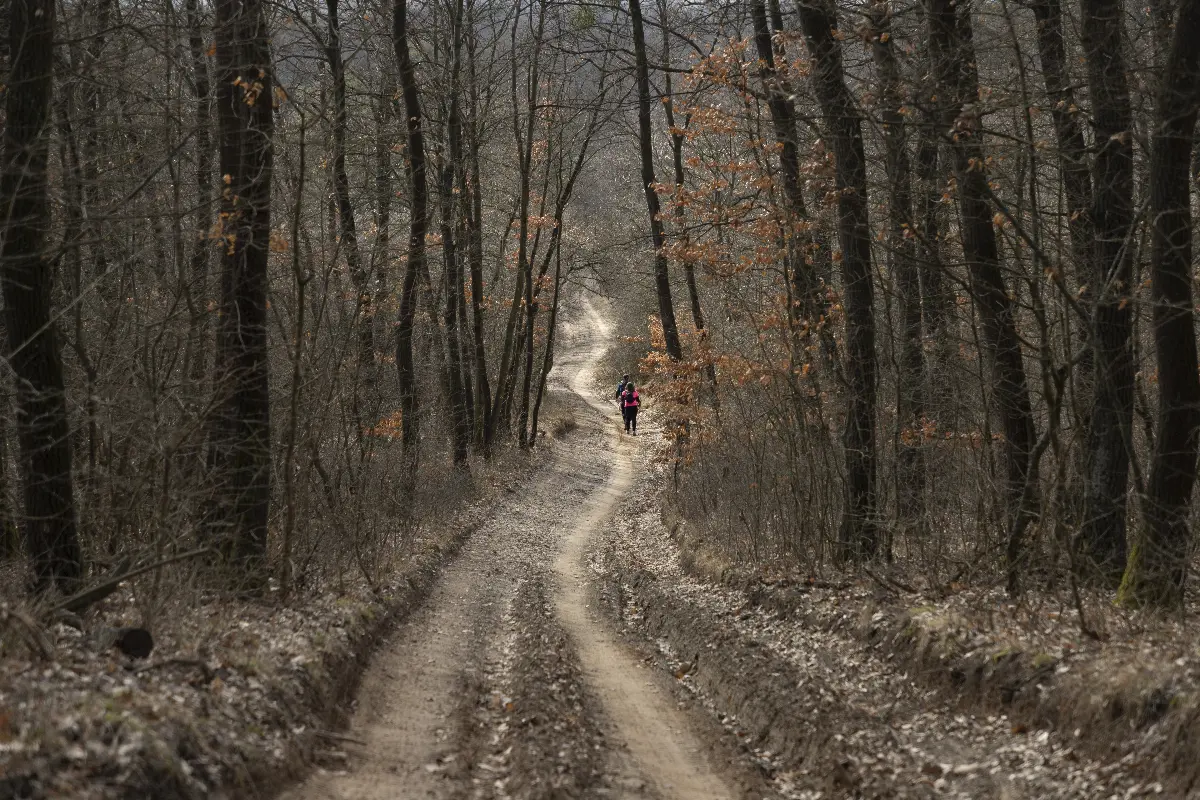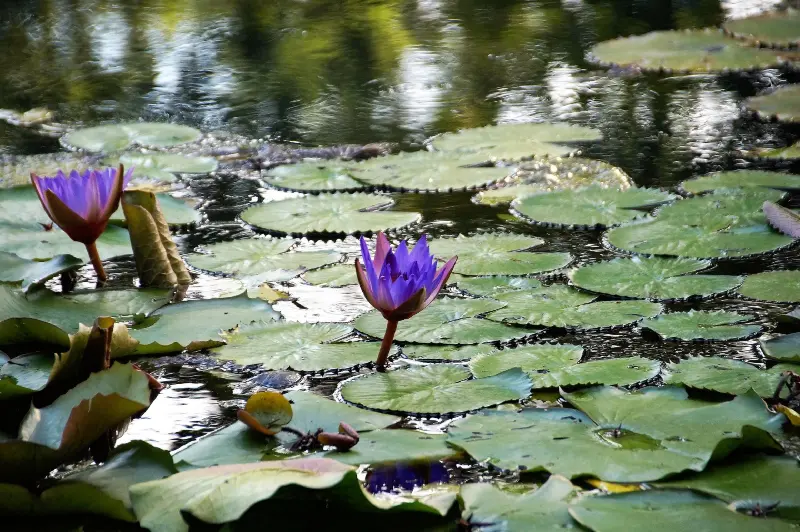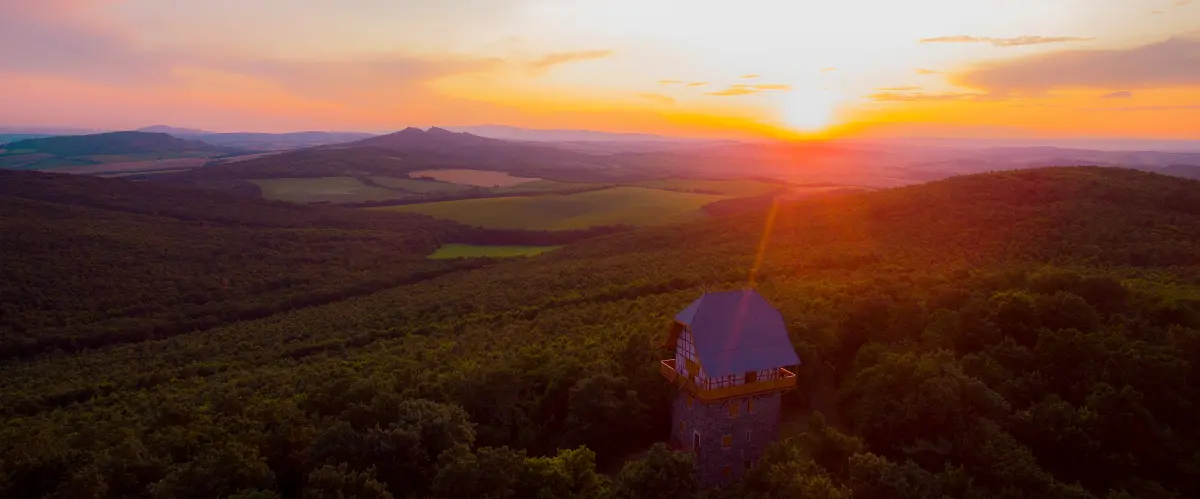
Helyszín címkék:
The Sasbérc Lookout Tower and Buják Castle
Bóday Csilla
The history of the tower
The highest point of the Cserhát is the Sasbérc, 466 metres above sea level, and the outlook from here is breath-taking. Count Sigfrid Pappenheim commissioned the construction of the building by petitioning Munich architect Franz Zell to design a truly imposing building suitable for both housing and hunting, for his wife, Count Elisabeth Károlyi. The builder Lajos Gajdóczi, oversaw the construction to its completion at the end of the 1910s and the tower building, with its irregular walls of stone, its sky-high beams and balconies, and its unique roof structure, is a truly special sight. Once it was completed, the Count's wife and their four children moved in. The two-part, offset-storey building served a dual purpose. The Count's forester lived on the ground floor with his family, while the Count's family lived upstairs and other hunters sometimes stayed here during hunting trips. Although the building was still inhabited until the middle of the last century, it began to fall into disrepair by the 1930s and by the 2000s, it was a dilapidated and neglected site. Recognising the location and the uniqueness of the building, it was renovated by volunteers in 2001, through an international partnership. It was then reopened to the public, but only as a lookout tower. Five years ago, it was fully reconstructed, including the renovation of the terrace and the interior and exterior of the tower, restoring it to its original splendour.
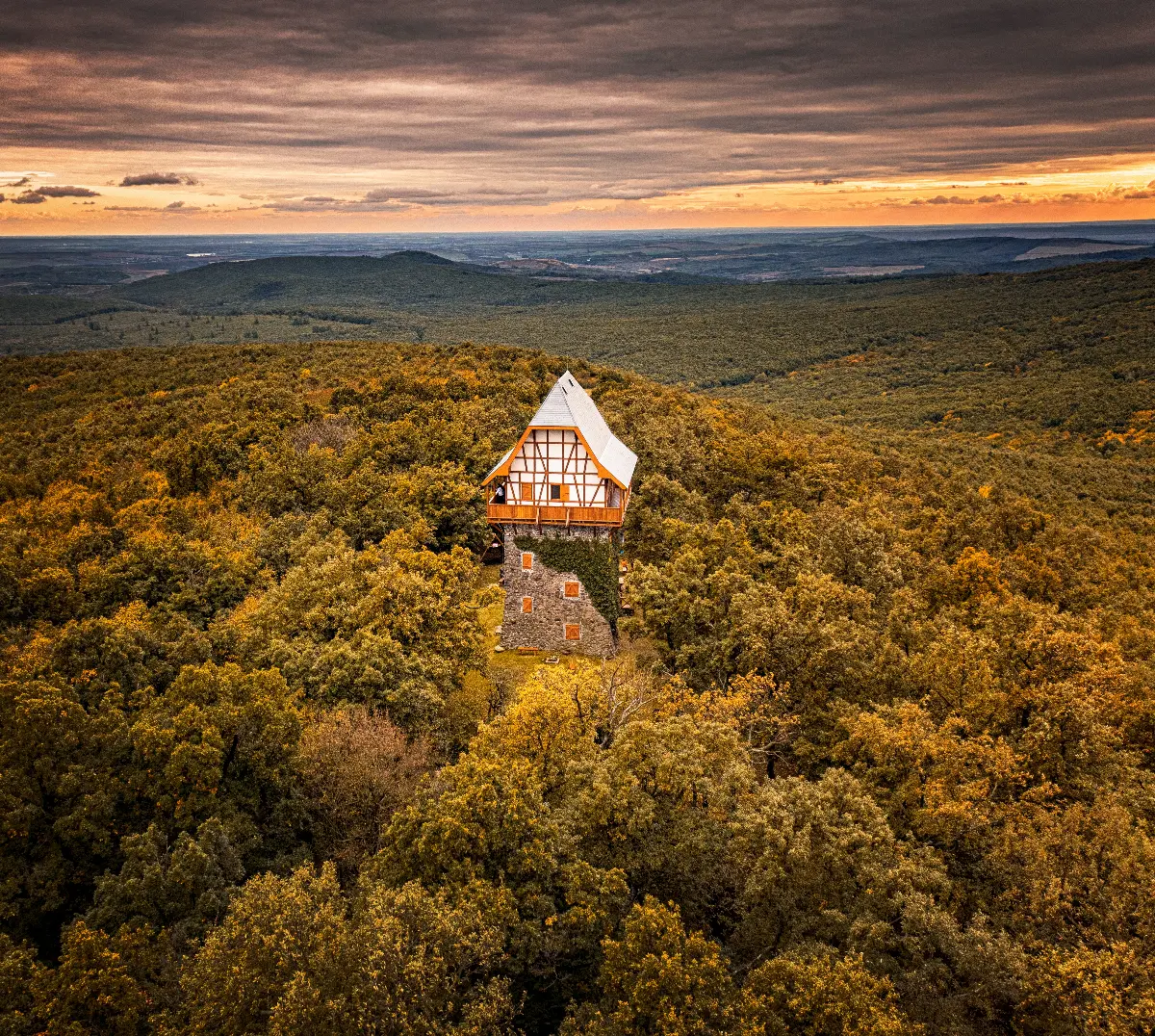
Where is it, how can it be approached?
Just as in the previous years, the Sasbérc Lookout Tower is open again this year from April to October, allowing guests to discover it for free from spring to autumn. If you follow the green oak leaf hiking sign, you can walk from Buják through the beautiful forest and plateau, through the Calvary Hill and Buják Castle, to Sasbérc, located almost 500 metres above sea level. You can start out from three directions, from Buják, Szanda or Bokor on a private asphalted forest road, which you can reach by car or bicycle during the opening hours of the lookout tower, to the turnstile 300 metres below the tower, from where you can easily ascend to the wonderful lookout tower on foot.
The nearby Buják Castle
In a picturesque setting, sheltered by wooded hills, at the top of a three-hundred-metre-high peak, you will find the ruins of Buják Castle, built during the Tatar period. Although the site is a ruin, it's still worth the climb, as the intact artillery fortress offers stunning views of the surrounding forested valley and plateau, as well as Őrhegy. The fortress of Bujak passed from one owner to the next over the centuries. It was mainly held by the Báthory family, and the Turkish forces always brought about its doom. The first major blow came on 19 July 1552, when Pasha Ali from Buda captured the castle after a siege of just five days after some of the guards escaped during the night. The castle heavily damaged by the siege, yet still mostly restored. After it was reoccupied in 1663-66, the castle was almost completely destroyed, most probably by an explosion and has remained a ruin under the Sashegy Lookout ever since.
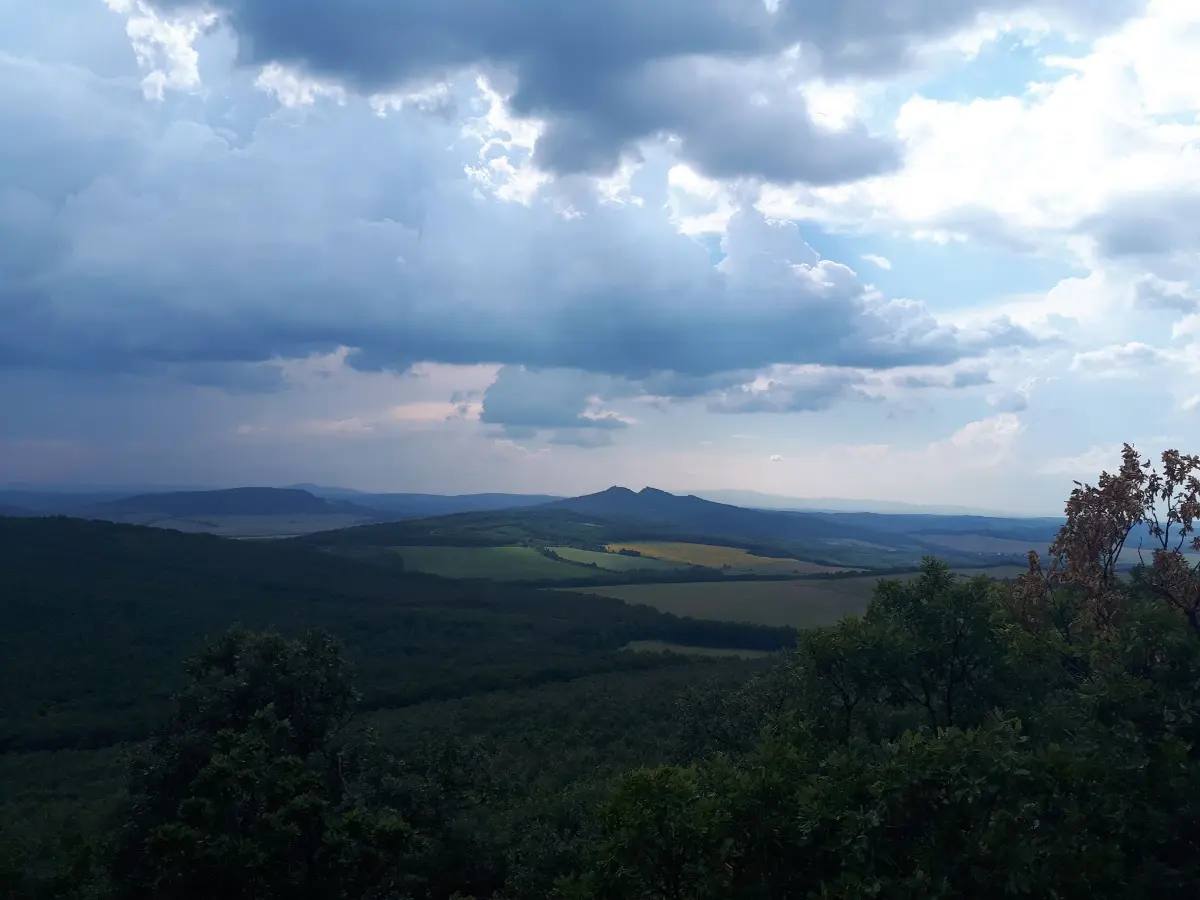
The Eucharistic Congress and the symbol of solidarity
A memorial cross was erected at the Sasbérc lookout tower last year in September. The occasion was the 52nd International Eucharistic Congress. The event is commemorated by a five-metre-high wooden monument made of a trunk of sessile oak built by the Buják Forestry Directorate of Budapest Forestry Zrt. Why is the monument here? The site was chosen as Buják is home to the oldest church in the country and also because it has a faithful population known for venerating local traditions.
